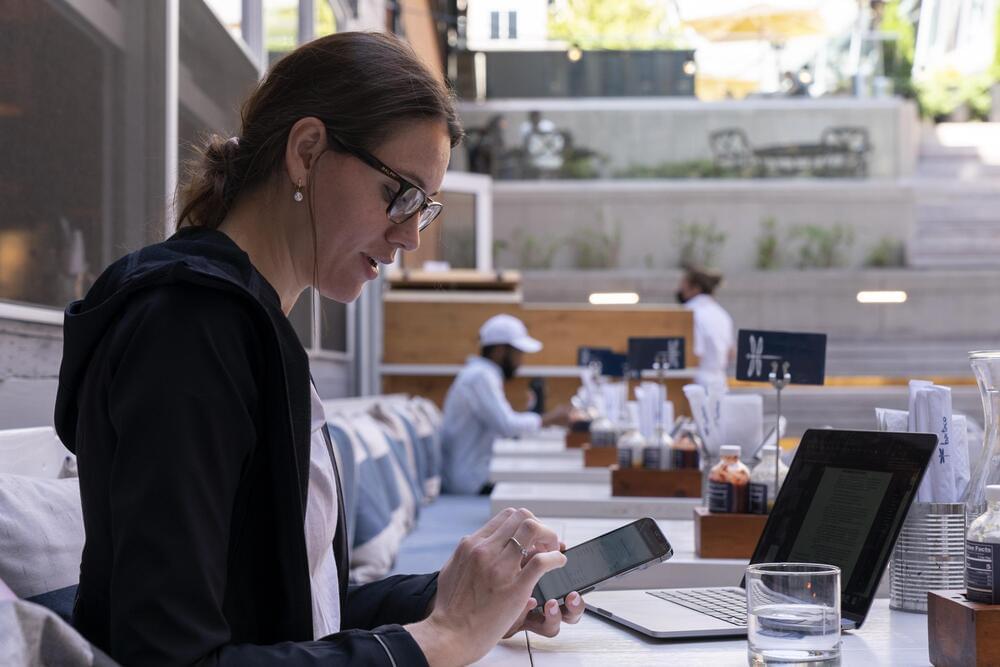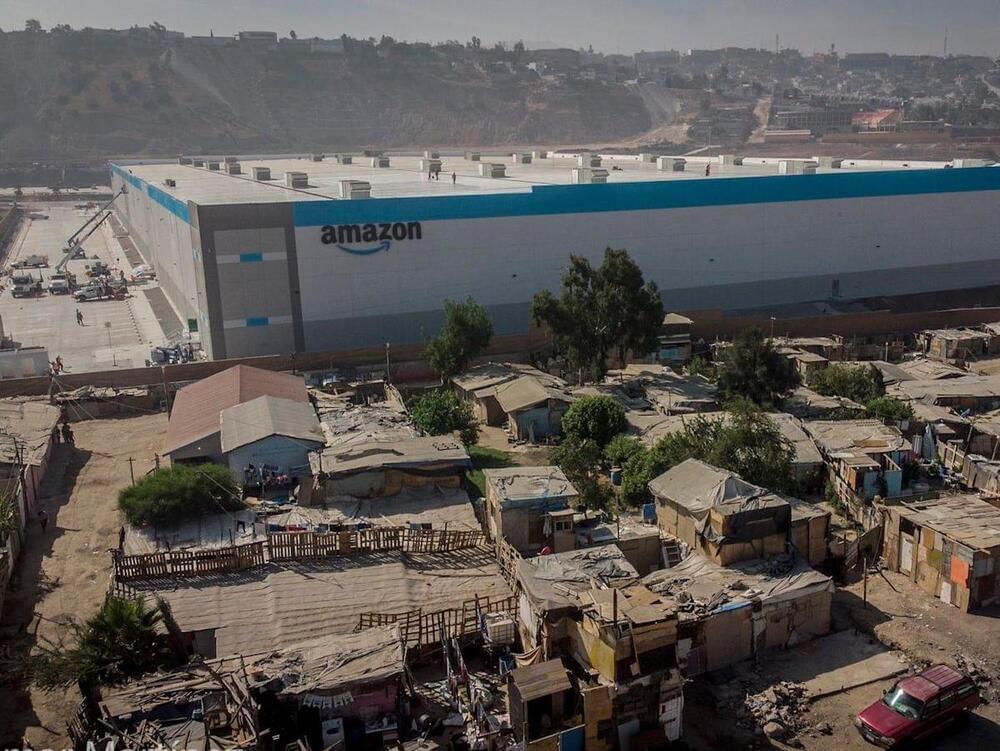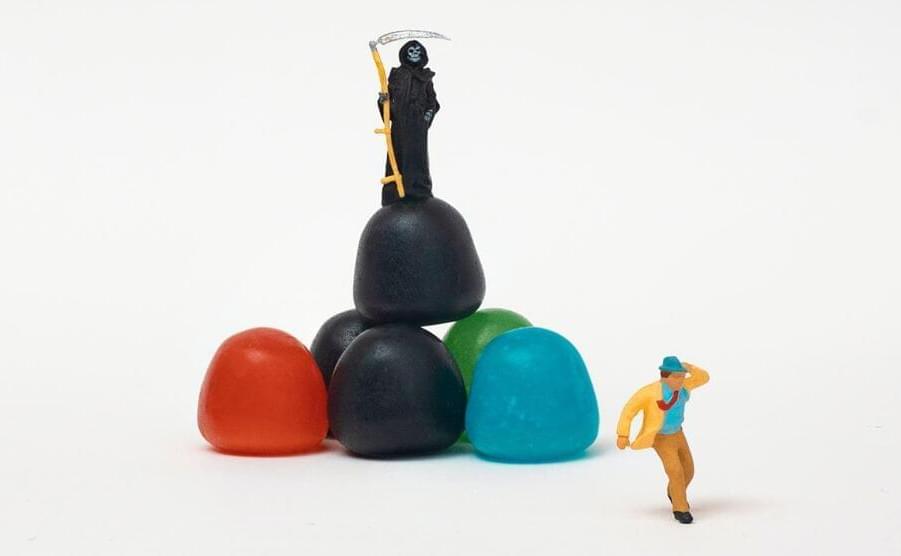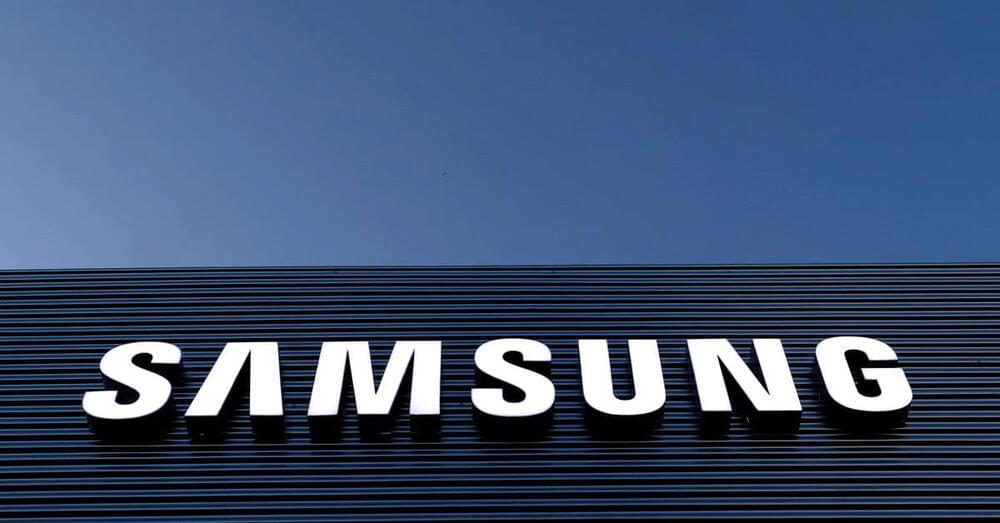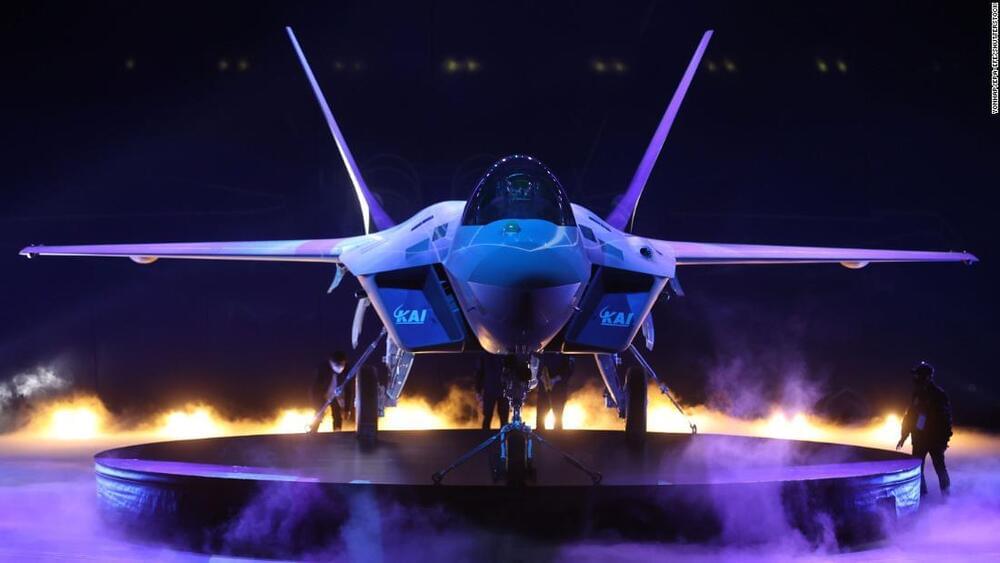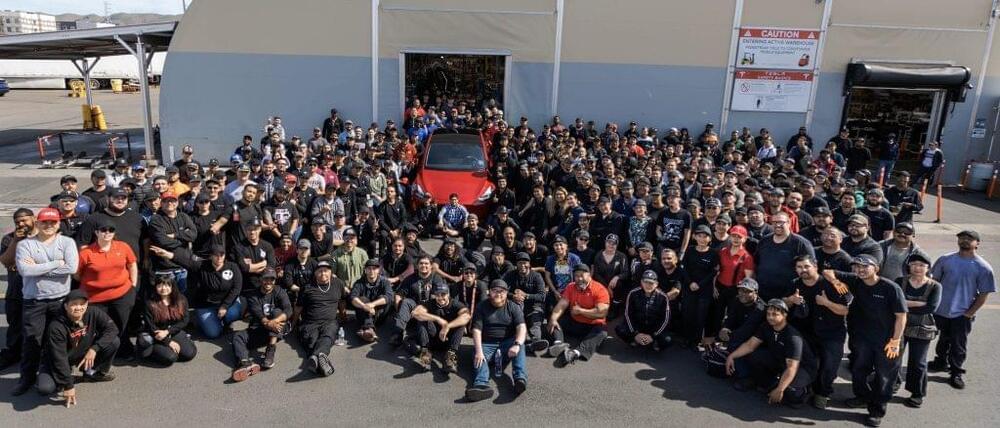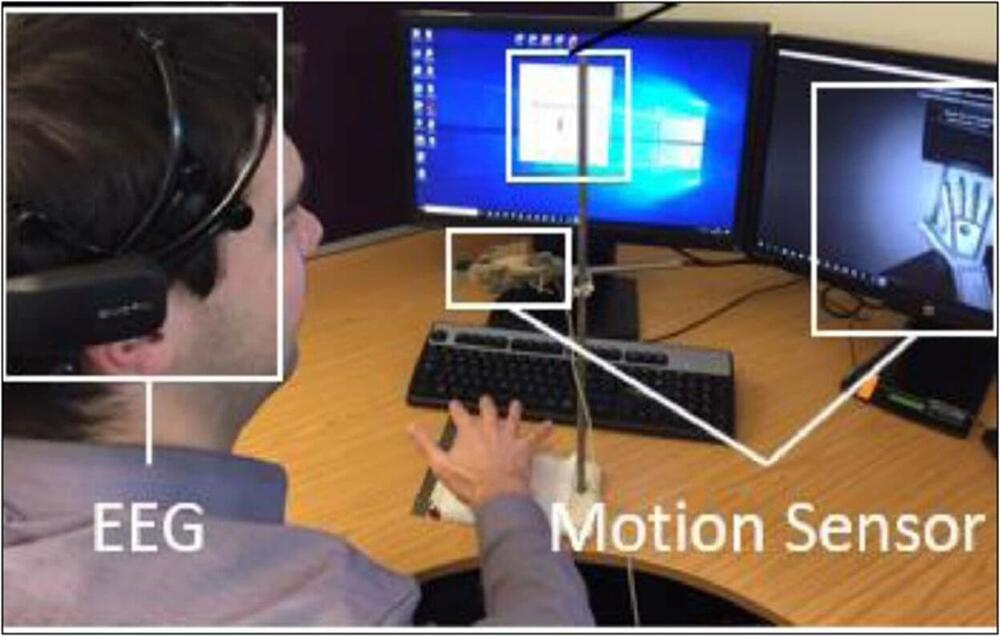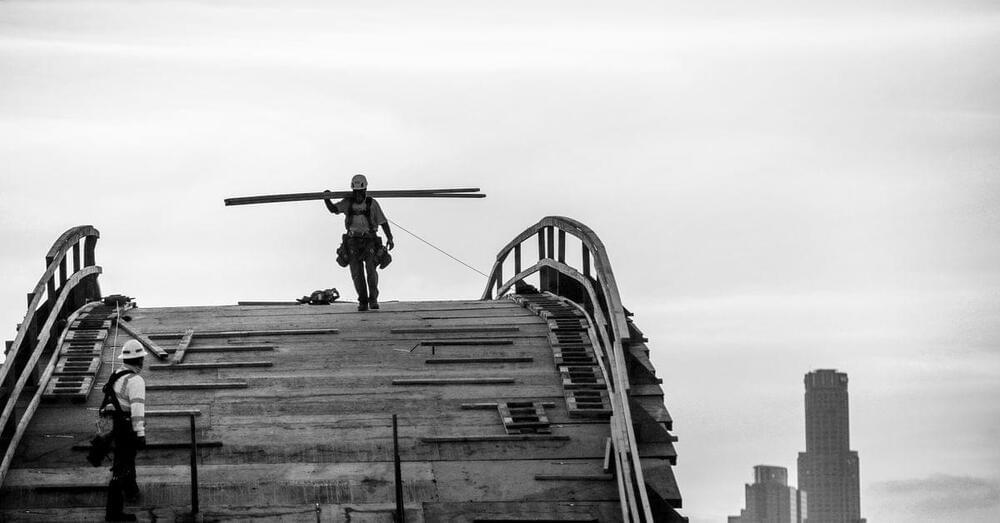Aggregate of labor displacement from AI-spoiler-literally EVERYTHING.
OECD experts have calculated the probability a job will be automated, on the basis of how feasible it is for technology to perform the tasks that comprise that job.
Jobs are grouped into occupation categories according to the ISCO-08 standard. The mean probability of automation of each occupational category is displayed, along with an example of a typical job in that category.
This is very broad: the automatability of jobs within each occupation category can vary widely. Also, the tasks that make up each job can vary from country to country, but the mean probabilities displayed are from across OECD countries.
Nedelkoska, L. and G. Quintini (2018), “Automation, skills use and training”, OECD Social, Employment and Migration Working Papers, No. 202 OECD Publishing, Paris.
